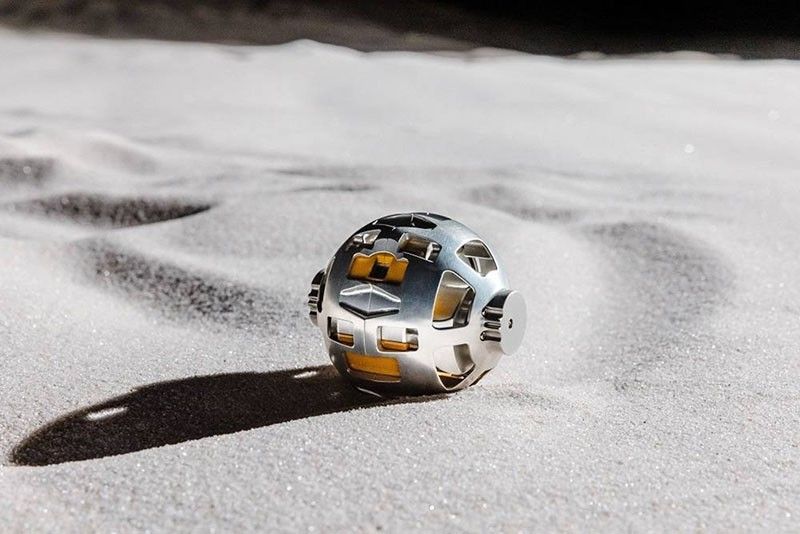Japan's little Moon toy: the camera probe ready to roll

TOKYO, Japan — On board Japan's "Moon Sniper" spacecraft is a little robot with a big mission: to pop open like a Transformer toy, wiggle across the lunar surface and beam images back to Earth.
The shape-shifting SORA-Q probe -- co-developed by a major toy company -- has been compared to a friendly "Star Wars" droid and a sea turtle because of the way its metal form can navigate the dusty Moonscape.
But the gadget's chance to boldly go depends on the success of the Smart Lander for Investigating Moon (SLIM) mission, with a spacecraft dubbed the "Moon Sniper" by space agency JAXA for its precision landing capabilities.
The lightweight craft is due to begin its descent from lunar orbit at midnight on Saturday morning (1500 GMT Friday), with touchdown planned around 20 minutes later.
But success, which would make Japan the fifth nation to land on the Moon after the United States, the Soviet Union, China and India, is far from guaranteed.
Slightly bigger than a tennis ball and weighing as much as a large potato -- eight centimetres (three inches) across and 250 grams (half a pound) -- SORA-Q was designed by JAXA with Takara Tomy, the toy company behind the original 1984 Transformers.
Sony Group and Doshisha University in Kyoto also helped develop the device, which has a front camera on an orange panel that emerges when the its metal frame snaps open, and another on its back.
Instead of rolling on wheels, the two halves of the sphere are designed to slot out and move in tandem to propel SORA-Q along the rocky surface, a design that reduces size and weight.
"The form-shifting mechanism and ultra-compact, ultra-lightweight design have been created using the technical know-how of toy development," the probe's website reads.
It can move in two ways, allowing it to drive on inclines: "'Butterfly' driving, where both the left and right wheels move together, and 'crawl' driving, where they move separately," the site explains.
Sora means "universe" in Japanese, while "Q" refers to the words "question" and "quest", its makers say.
If the mission succeeds, the probe's cameras will take valuable images of a crater where parts of the Moon's mantle, usually hidden deep below its crust, are believed to be exposed.
Back on Earth, a toy version of the probe costs 21,190 yen ($140) and can roll around a living room to take pictures of cats and babies, according to its promotional video.
- Latest




























